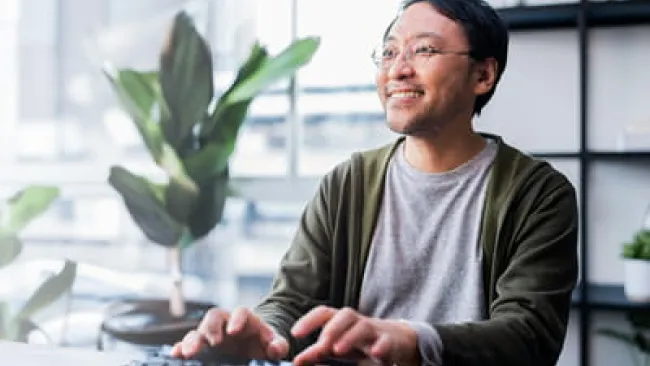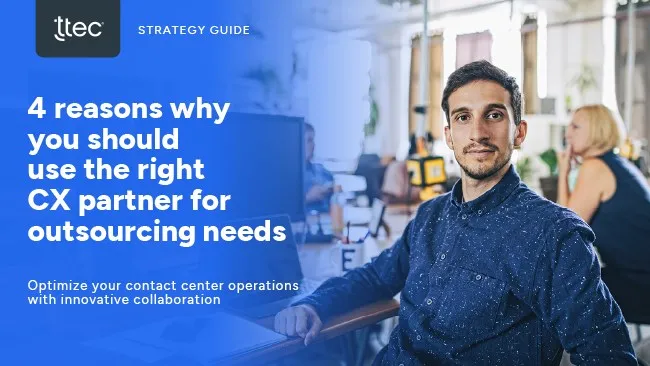To bring out the “advocate” in every customer is like finding a needle in a haystack. You know that it’s there, but it would take an incredible amount of time trying to discover it. The myriad of products and services available in today’s marketplace makes building customer loyalty and advocacy even more complex. Enter strategic hyper-personalization.
The concept is not new, but it is continuously evolving. Strategic hyper-personalization requires understanding the nitty-gritty details of customer behavior and knowing when to curate a highly personalized message/content/products/services tailored to their specific needs. Contributing to the rise of hyper-personalization is the growing concept of the “me” culture and consumers’ desire to be unique.
Here are 5 ways in which companies can get smart about hyper-personalization.
1. Hyper-personalization fosters individualized customer experiences
Hyper-personalization begins with collecting data beyond typical demographic data. It includes the customer’s behavioral signals—real-time browsing data and browsing history, amount of time navigating the website/app, time of purchase, preferences, likes and dislikes, etc.—digging deeply into the core of each customer to find meaningful patterns and valuable insights. This approach has also evolved overtime with the emergence of artificial intelligence, and the amount of data collated from a customer’s activities from all touchpoints have greatly modified marketing strategies.
Multinational companies such as Netflix and Spotify are pioneers in the area, leveraging their recommendation engines to promote products and services aligned according to the preferences of an individual customer. Spotify’s “Discover Weekly” and “Live Concert” are huge hits among premium users. Netflix, on the other hand, based their recommendations on the user’s viewing history and habits, devices used, as well as similarities with other members of the platform. These initiatives have all painted a positive customer experience that contributes to the growing loyalty of current users.
2. Hyper-personalization is not mass hyper-personalization
With all the data resources available to companies today, it’s possible to offer a hyper-personalized experience at every touchpoint. But just because something can be personalized, that doesn’t mean it should be.
Personalized customer experiences have become one of the most effective methods for businesses to promote their brands and drive revenue. In fact, 63 percent of consumers expect personalization as a standard of service, according to a RedPoint Global survey. What this also means is that the cost of customer acquisition is rising as companies feel pressured to raise the bar on personalized experiences. Don’t fall for the trap. A more effective approach is to offer a tiered level of personalization with hyper-personalization reserved for your most valued customers.
3. Hyper-personalization is about connection.
Making customers feel unique while also promoting a connection with similar customers adds more complexity to the customer experience. Creating an emotional connection to the brand is an essential piece of the puzzle. “Emotion is the single largest driver of customer loyalty,” note Forrester Analysts Emily Collins and Anjali Lai.
It’s important to consider the type of emotion that the brand evokes as well as the intensity, the analysts add. A discount, for instance, provides positive reinforcement at that moment, but status tiers in a loyalty program create feelings of anticipation and extended gratification.
In other words, building emotional brand connection means focusing on your customers. CX leaders must deepen their understanding of what customers expect from the company, how they feel about the company, including its values and culture, and how they interact with your business.
4. Hyper-personalization finds the right balance between tailored offerings and protecting consumer data.
It’s not a secret that people are often willing to provide personal information in exchange for something without giving much thought to the ramifications. In fact, the results of a survey by Deloitte published in Business Insider reveal that over 90 percent of consumers agree to legal terms without actually reading them.
But in an era of rising data privacy and cybersecurity concerns, companies cannot afford to abuse consumer trust. Companies should reassess their data management processes and policies to ensure customers can easily understand how their data is utilized and have the option to opt out. It’s also important to consider what your customers consider a form of creepy marketing.
5. Deep learning is the future of hyper-personalization.
According to a study by Ascend2, 86 percent of surveyed marketing influencers believe that the effectiveness of hyper-personalization driven by artificial intelligence is “changing for the better.” But there is more beyond AI. According to Reshu Rathi, hyper-personalization will march towards the use of deep learning, as it has the ability to “find patterns within a pattern,” while also taking intent into consideration. Developing deep learning strategy can also help predict real-life results.
The rise of hyper-personalized CX
“Mass appeal” is quickly losing its charm. The average consumer today will only consider herself a true “advocate” if a brand addresses what matters to her: what “I” want, what “I” need, and what “I’ deserve. Advocates stick to a brand not based on a one-time experience, but through an accumulation of great experiences. To build a legion of loyal followers, brands must be able to understand customers at a micro-level and be strategic in finding the sweet spot in every customer that would lead them to come back over and over again.















